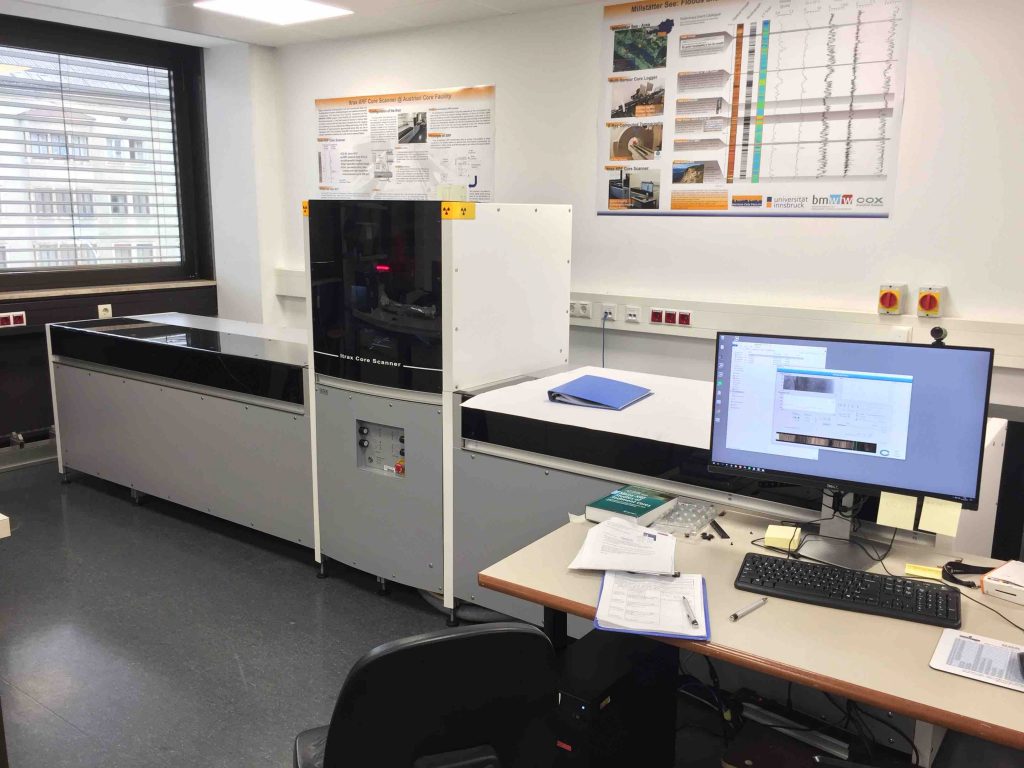Science can be everywhere. Scientific questions, and, hopefully, scientific answers. Regularly at the university’s cantine, the salad bar offers nice options, but – in my opinion – ruins them with raisins. When I shared this taste of mine with my colleagues, only a few people answered that they like them. We therefore questioned the abundance of raisins. It started as a joke, but as practical scientists, we now want evidence.
Continue reading →Lab Notes
What pollen people do?
Scientists definitely are multi-talented people. While we’re required to practice critical thinking on both our own and colleagues works, we also have to master many other skills. Apart from the acquisition of data, we need to properly store a numerical version of them, eventually to compute statistics on them. We need knowledge of graphical processing software to represent our results nicely, and write valuable scientific papers out of them. We sometime teach to students, that requires synthesis, pedagogic, and oral capabilities. We have to deal with paper work, which sadly tends to increase. We need to write applications for positions and/or for grants (and, ironically, so that we can do our job – are you going to the office and think “let’s first find the money to do my job”? – ). The list is endless, and there is no doubt I forgot important examples. Icing on the cake, we’re in an arena of competition, struggling for visibility and high impact factor (I should write about this guy, one day).
Continue reading →About one of the rarest pollen
Few days ago, I found a strange pollen grain that I couldn’t identify. All candidates I had in mind did not perfectly match what I could see at the microscope. Is it a strange Fabaceae, a strange Gentianaceae, a strange Helianthemum? No idea. Even with the rescue of my colleagues Burgi and Daniela, we couldn’t come to a convincing decision.
Continue reading →dat@osu
In the last years, it has been acknowledged that an important and significant proportion of valuable data produced by scientific institutions remains unpublished, or, worse, unmanaged. Such data aren’t visible at all, neither to the public audience—which often happened to have paid for them—, nor to the scientific community that could benefit from them.
Continue reading →XRF for palaeoenvironmental sciences
I’m back at the University of Innsbruck to go on with the palynological analyses from the Lake Mondsee, as part of the Beyond Lake Villages project. I’m currently learning how to operate an Itrax XRF Core Scanner.

Identifying NPPs
Since a few decades, palynologists not only consider pollen grains and bryophytes and pteridophytes spores in palynological samples, but also any other kind of micro-fossil preserved. Such rests – called non-pollen palynomorphs – come from various origin. Most of them are fungal remains or algae, but there are also plant and animal remains, dinoflagellates, etc.
Continue reading →A new era for the documentation of pollen counting data
As many of you already know, I’m a big fan of PolyCounter from Takeshi Nakagawa (find it here if you haven’t yet: http://polsystems.rits-palaeo.com/). PolyCounter introduced a modern way to acquiring data of Quaternary-palaeo-ecological samples, replacing the old-fashioned pen and paper by your computer. With PolyCounter, your counting data are instantly accumulated and stored in a numeric file, which is just what you need before you can actually visualise your data, and eventually apply fancy statistics on them.
https://giphy.com/embed/DHqth0hVQoIzS
Some potential users, however, have a (legitimate) fear of loosing data. Well, I would first argue that backing up data is one’s self duty, and actually a most-recommened practise for any kind of numerical data. But, regarding these counting data, I would mostly tell about particular features of PolyCounter.
Continue reading →Talk about pyrophilous and coprophilous fungi, given at the VIIth NPP Workshop, Liverpool
Recently, I gave a talk about the ecological significance about some fungal spores found in peat bogs of the Central Alps, in Switzerland. I suggested these spores of coprophilous and pyrophilous fungal taxa can be used for assessing past land-use. However, things are not so simple, as we discussed during the following question time 🙂